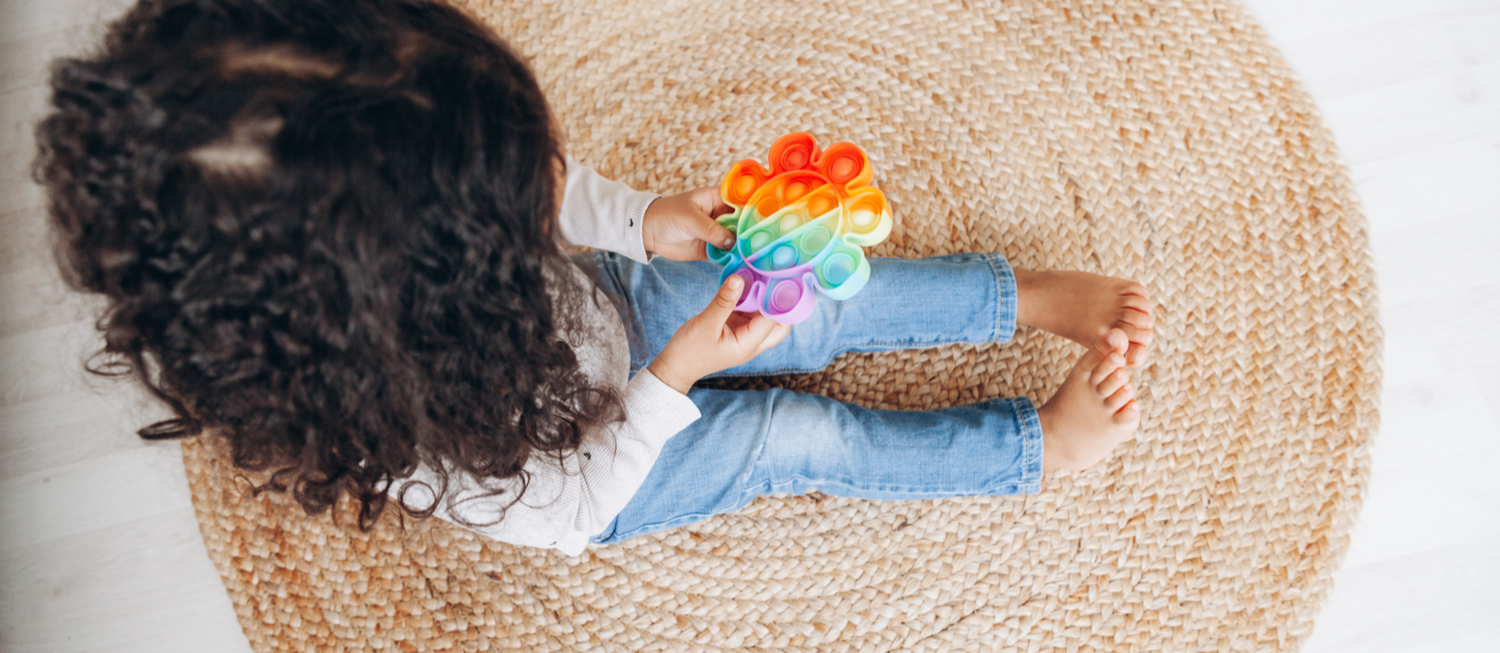Women and Girls
The term “women” refers to adult females—including Black women, transwomen, and queer women. The term “girls” refers to females under the age of 18. Womanhood and girlhood cannot (and should not) be defined by gender assignment at birth, reproductive capacity, menstruation, chromosomes, perceived femininity, or gender presentation. There are women—both cisgender and transgender—who are unable to bear children, who have chromosomes other than XX, and who embrace all types of gender presentation, including femininity, masculinity, androgyny, and everything in between. Women and girls also cannot be defined by historical definitions, which were often weaponized to exclude women and girls who LGBTQ+, disabled, Black, Indigenous, and/or of color.
Women have a long history of advocacy and accomplishments in the U.S., including shaping our constitutional rights, scientific breakthroughs, and influential activism and humanitarianism. But despite these contributions, women and girls have routinely been mistreated and excluded. Women’s rights—fundamental rights and entitlements for women and girls—have continually been ignored and repressed in the U.S. The 19th amendment granting women the right to vote was not passed until 1919—143 years after the founding of the United States—and even then, the right wasn’t guaranteed for all women. The push for women’s right to vote was part of a larger struggle for equality that continued through the Civil Rights movement and arguably lingers today; in 2022, the 49-year constitutional right to abortion was overturned. Although there are more women serving in Congress today than ever before, women are still underrepresented in American politics and positions of power—just 8% of fortune 500 companies are led by women, and less than 1% are led by women of color. Although things are improving, women in the U.S. are more likely than male peers to suffer from gender bias in healthcare, poor mental health, intimate partner violence, and other health issues. Additionally, American women and girls who are people of color, economically poor, disabled, and/or LGBTQ+ are even more likely to struggle to thrive due to the compounding marginalizations they experience.
Today, women and girls are still being systematically discriminated against in the U.S. There is still a gender wage gap in America, women take on the majority of unpaid labor, and only 23% of U.S. workers have access to paid leave through an employer—a fact that disproportionately affects women due to childbirth. Women are more likely to be caregivers, and caregivers are at greater risk for poor physical and mental health. Until recently, medical research largely ignored many health issues important to women, and women have long been under-represented in clinical trials. Access to menstrual products is a dignity and equity issue, but people across the United States are unable to access the menstrual products they need, and menstruation-related disorders have been under researched, which negatively impacts quality of care. Despite global progress, huge inequities remain in maternal, newborn, and child health. The U.S. is the only industrialized country with a consistently rising maternal mortality rate, and Black women are three times as likely to die from childbirth complications than white women.
Partnering with women and girls—with those of different backgrounds, races, generations, and cultures—to achieve health equity requires uprooting sexist systems that perpetuate their exploitation. Institutionalizing and operationalizing equity and justice throughout all leadership levels of all sectors will require organizations, allies, and systems to deeply center and follow the leadership of people with lived experience. Community-led processes, self-representation, and centering the voices of women and girls are a few effective tactics communities can leverage to advance equity and well-being for women and girls.
Resources & Tools
Taking Action to End Gun Violence: Our Top Tools, Resources, Stories, and Data
Story
-
 Original
Original
Brought to you by Community Commons
The Growing Gap: Gender Pay Equity, Meaningful Work, and Wealth during COVID-19
Story
-
 Original
Original
Brought to you by Community Commons
Association of Autistic Traits in Adulthood With Childhood Abuse, Interpersonal Victimization, and Posttraumatic Stress
Resource - Journal Article
Brought to you by NLM
In Common Newsletter: LGBTQ+ Health Equity Library
Resource
Brought to you by Community Commons
Published on 01/25/2023
Childhood Neurodevelopmental Disorders and Risk of Coercive Sexual Victimization in Childhood and Adolescence – A Population-Based Prospective Twin Study
Resource - Journal Article
Brought to you by John Wiley & Sons, Inc.
“My Body, Whose Choice?” A Call to Advance Reproductive Justice in Pediatric Training
Resource - Journal Article
Brought to you by American Academy of Pediatrics
Forced Sterilization of Disabled People in the United States
Resource - Report
Brought to you by National Women's Law Center
Bright Spot: North Carolina Breast and Cervical Cancer Control Program (NC BCCCP)
Resource - Model Policy
Brought to you by 100MHL
Place as a Social Determinant of Health: Narratives of Trauma and Homeland Among Palestinian Women
Resource - Journal Article
Brought to you by OUP
Increasing School Connectedness for Girls: Restorative Justice as a Health Equity Resource
Resource - Policy Brief
Innovation Station Practice Summary and Implementation Guidance
Resource - Guide/handbook
Brought to you by AMCHP
District of Columbia B23-0882: Comprehensive Policing and Justice Reform Amendment Act of 2020
Resource - Report
Brought to you by Health Impact Project
Barriers to Autism Spectrum Disorder Diagnosis for Young Women and Girls: A Systematic Review
Resource - Journal Article
Downtown Women’s Center: A Journey Towards a Trauma-Informed Community
Story - Written
Brought to you by Community Commons
Sexual Assault And Harassment May Have Lasting Health Repercussions For Women
Story - Written
Brought to you by NPR
Violence Against Asian American Women Is Rooted in More Than Just ‘Hate’
Story - Written
Brought to you by The Atlantic
No Justice, No Peace of Mind and Body: The Health Impacts of Housing Insecurity for Black Women
Story - Written
Brought to you by Nonprofit Quarterly
Related Topics





.jpg)



















.jpg)



























